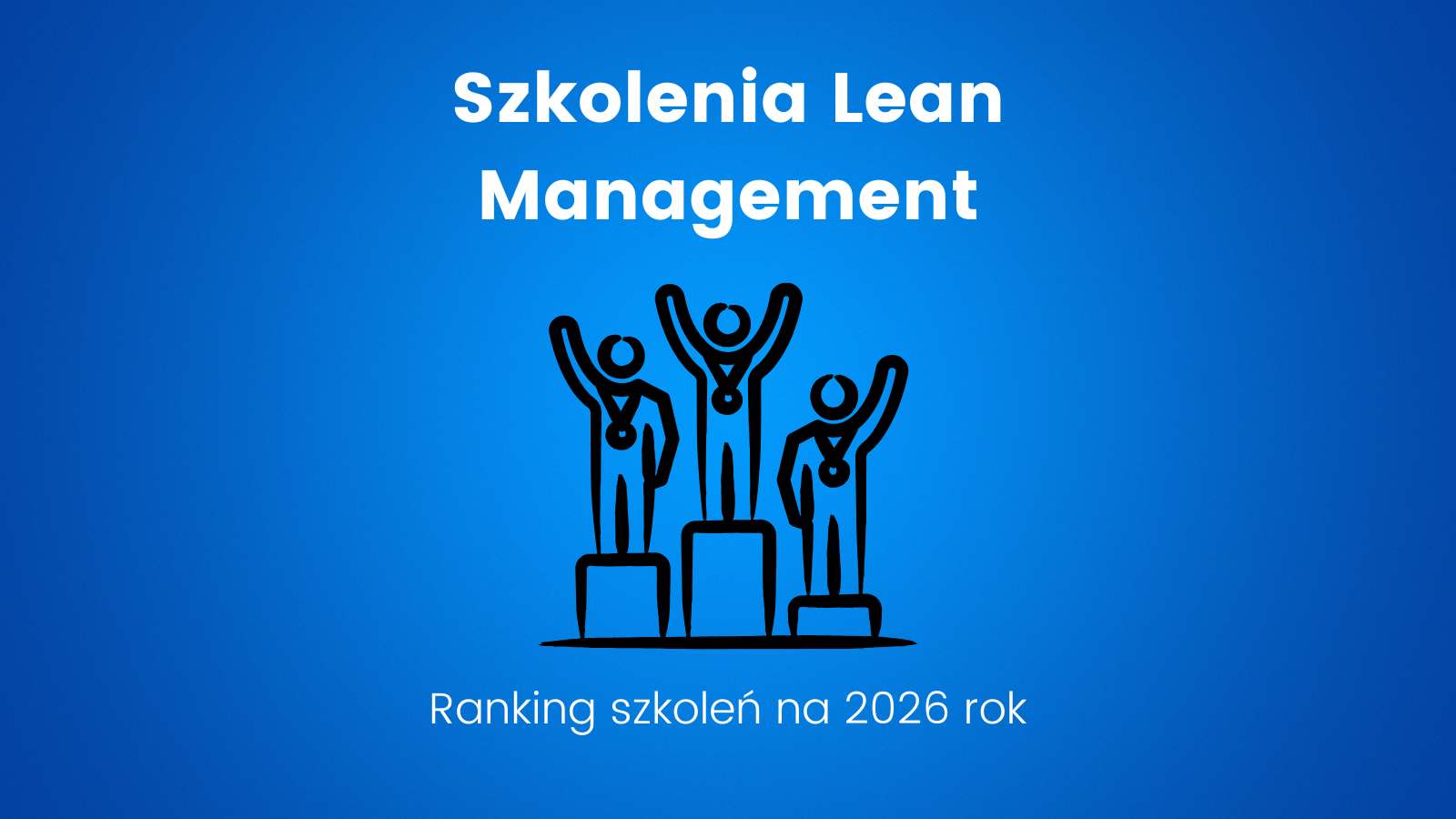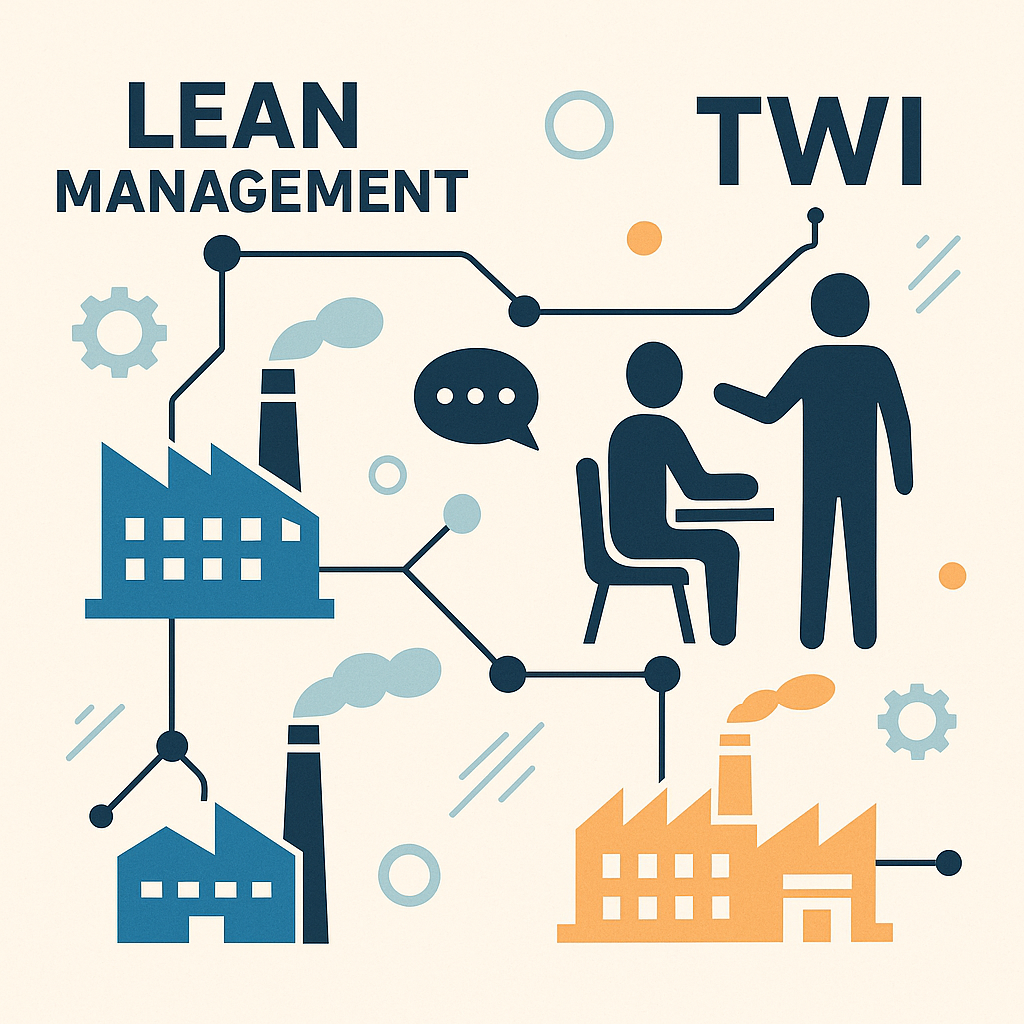Team leadership: trust and accountability. When I took over my first team in February 2012, I knew I had to do one important thing. I needed to verify the readiness of the employees to take responsibility for their own results, as well as for the team’s results. Having grown within the bank’s structure from the very bottom, I know what frustrated me the most – seeing some people engage while others didn’t, some taking responsibility and others not.
Table of Contents
ToggleIdentifying the Problem of Diluted Responsibility
Do people not want to take responsibility, and does responsibility in teams become diluted? If yes, then who is responsible for this? As my neighbor says – when will these kids finally learn responsibility? To that, I say – when their boss starts teaching them. Hah! – But they don’t have a boss. Curtain.
Strategies to Foster Responsibility in the Team Leadership
When the first symptom of such an attitude in employees appears and it affects the team’s operation, what should you do:
1. Verify where responsibility becomes most diluted. Ask the team about it, you can do this incognito, using, for example, Google Forms. This way, you won’t stir up a storm. Be sure to ask 3 sequential questions:
- Where does responsibility become diluted/at what stages of communication, cooperation, attitudes of others?
- What causes this?
- What are the team’s action proposals – specifically? The next steps will be related to giving back responsibility in a way that others want to take it on.
2. Verify the natural talents and predispositions of your people so you know how much energy their various tasks cost them. You can use a tool like Insights, which we have in our company, or knowledge about Jung’s preferences.
3. Check what motivates each employee – you can use open coaching questions for this, e.g., what makes you want to act?
4. Verify your employees’ readiness to take on the tasks you assign them, i.e., their knowledge and level of engagement. You can use the situational leadership model according to Blanchard, which appears, for example, in my Comprehensive Leader workshops.
5. Once you’ve verified points 1-4, make a decision and don’t subject it to further discussion. Communicate responsibility to each employee in 1:1 meetings.
6. Gather the team and inform them about the survey results, conducted 1:1 conversations. Communicate everyone’s responsibility in the forum.
7. Meet with each employee 1:1 once a week to check if they are taking responsibility.
8. Meet with the whole team once a week to check if they are playing to the same goal and if their individual actions contribute to closing the team’s topics.
Achieving Success in Team Management
Since introducing this system in my team, there has never been a dilution of responsibility. Furthermore, I also suggest this to managers facing a similar challenge. Three of them confirmed the effectiveness of the action at 100%. And what do you think – what is the cause of responsibility dilution in a team?
Conclusion: Solidifying Team Responsibility
Team leadership: trust and accountability. Addressing the issue of diluted responsibility in a team involves a comprehensive approach, combining individual assessment, open communication, and regular follow-ups. By identifying the root causes of responsibility dilution, aligning tasks with individual talents, and fostering a culture of accountability, leaders can create a more engaged and effective team. The success of this approach in my team, and its validation by other managers, underscores the importance of taking proactive steps to ensure each team member embraces their role and contributes to the team’s collective goals. This method not only improves team dynamics but also sets the foundation for sustained success and growth.
She is an expert in communication with managerial experience in large corporations such as ING Bank and PKO BP. She has years of experience in team management, training, and sales - as an experienced team manager, bank branch director, PCC-level ICF coach, and owner of Manufaktura Lidera. Together with the team, they help the management and managerial staff to build effective communication within the company and develop efficient teams. Everything they teach, they have practiced or are currently practicing.







